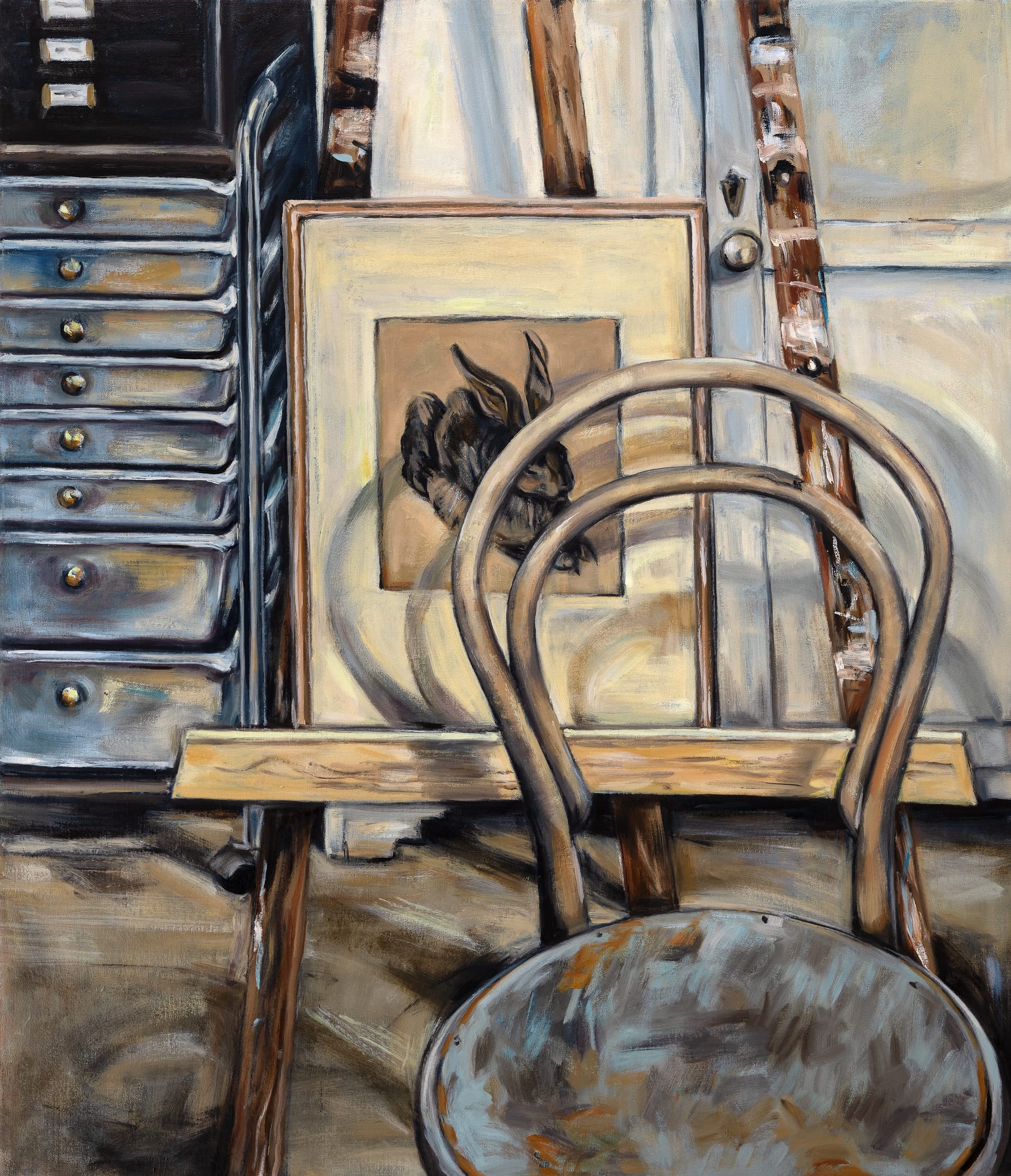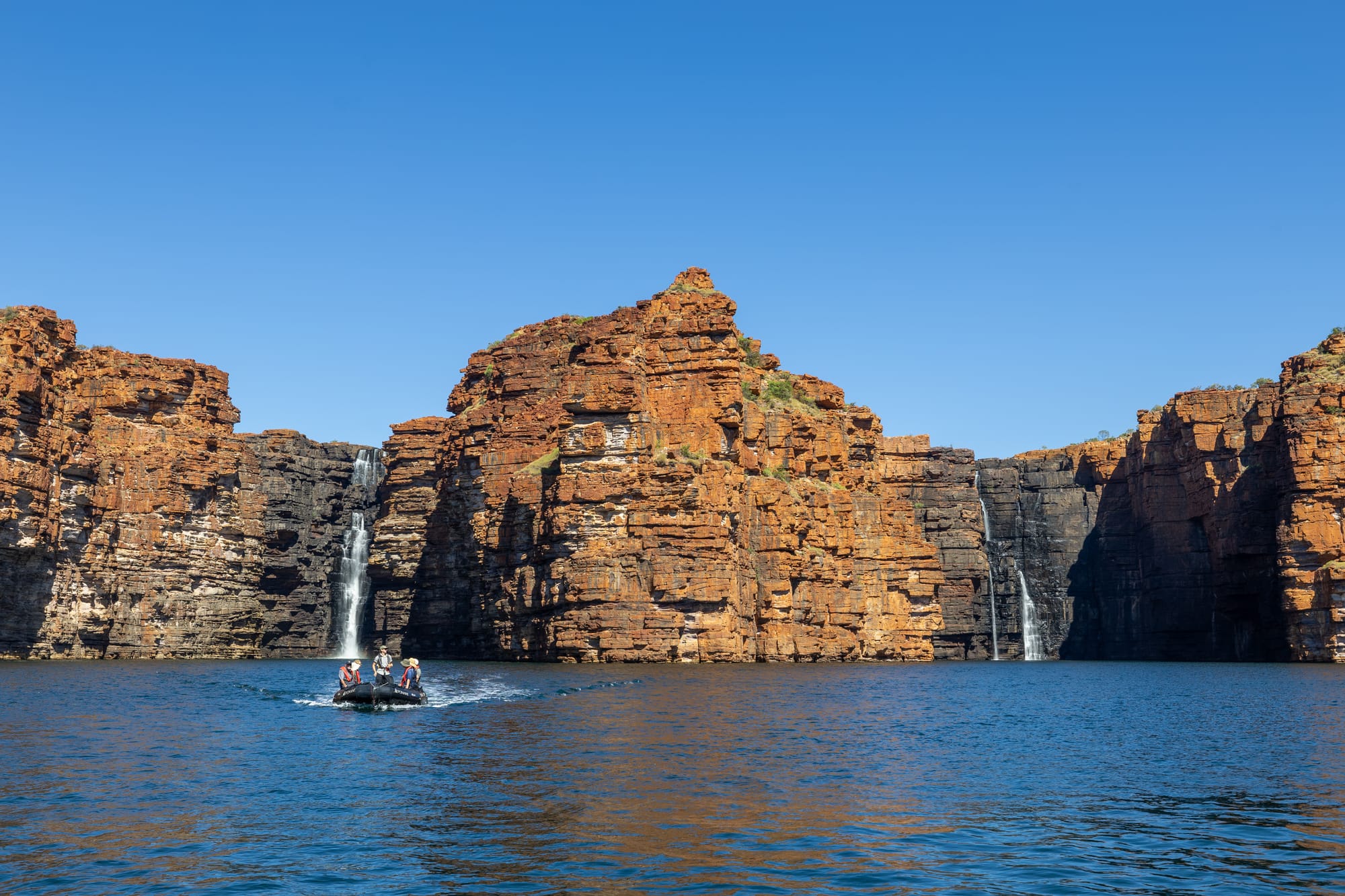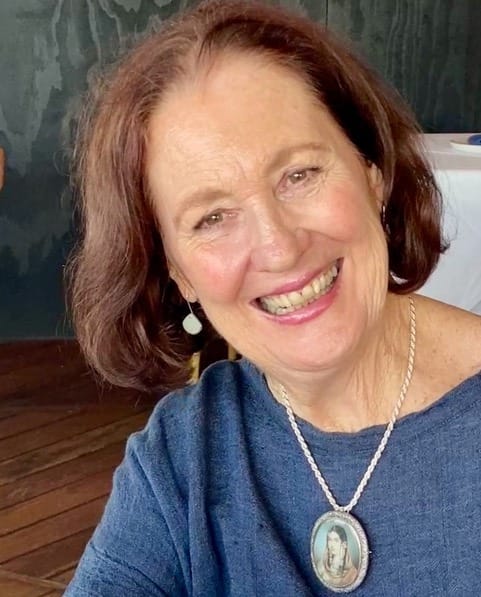
Plus sexy sewage and a big bank battle. Welcome to Galah Weekly, our award-winning newsletter keeping you up to date with regional headlines that matter, plus other delightful things from life beyond the city. By Dean Southwell, who doesn’t see anything sexy in sewage.
An independent review has found a north-west NSW hospital operating on reduced hours because of staff shortages had experienced “leadership instability” and operational failings.
The Wee Waa Hospital is a public facility in the town with a population of about 2000 at the last census. It’s run by Hunter New England Health but since 2023 has been open only between 8am and 5.30pm, which means residents have to travel 40km to Narrabri for after-hours treatment.
The review, commissioned by the NSW government after lobbying by the community and Barwon MP Roy Butler, has recommended moving to a single-service model that covers both Wee Waa and Narrabri to improve leadership and recruiting.
The review also recommended the hospital’s emergency department move to a nurse-led urgent care model that could offer patients expert assessment and accessibility.
Narrabri Shire mayor Darrel Tiemens was cautiously optimistic about the findings, but said Wee Waa was “still the only hospital in Australia that closes at 5.30pm”.

A Bendigo pensioner who lost $1338 to credit card scammers is taking banking giant NAB to the Victorian Supreme Court seeking $379 million in damages.
Ian Williams lost the money in two transactions in 2022. When he reported the loss to his bank, he was told the transactions were made using Williams’ own Google Pay account and he was responsible for the loss.
Williams was eventually able to prove the loss was a result of fraud. The bank offered to reimburse him but the deal was subject to a non-disclosure agreement that absolved NAB of responsibility for the loss.
Angered by the bank’s stance and what he saw as its failure to protect its customers, Williams is continuing legal action even though he faces bankruptcy if he loses and has to pay the bank’s legal costs.
His $379 million claim represents about 5.5% of NAB’s 2022 after-tax profit. Williams considered that appropriate given he lost about 5.5% of his annual pension to the scammers.
Why it matters In an increasingly cashless society, the federal government’s Scamwatch website says Australians have already lost more than $147 million to scammers this year.
In a nod to the switch from cash, the Reserve Bank of Australia recommended this week that credit card surcharges be abolished.
A Queensland mayor whose shire is using technology that lets nature do the heavy lifting to treat wastewater says the project is making sewage treatment “sexy”.
A project at Ayre, about 90km south-east of Townsville, uses algae and sunlight instead of chemicals to purify sewage.
The treatment plant cost the Burdekin Shire Council $8 million to build, compared with the $30 million price tag for conventional treatment.
The algae works as a filter to absorb nitrogen and phosphorus from the waste to return clean water. The algae is then harvested and turned into agricultural fertiliser.
Seven koalas died in a failed NSW government attempt to repopulate the South East Forest National Park near Bega.
Thirteen koalas were moved from a high-density population west of Wollongong to the national park, where koalas are locally extinct. Translocating koalas is part of a state strategy to reverse the decline of the animal in NSW, where it is at risk of extinction.
Three koalas died within two days in April, apparently from septicaemia, and the remaining 10 were put in a wildlife hospital, where four more died. The remaining six healthy koalas were returned to their original home in the Upper Nepean.
There’s better news for a smaller native animal. An endangered pookila, or New Holland mouse, was spotted in the Goobang National Park in the NSW central west for the first time in almost three decades.
Donald Trump’s distaste for renewable energy is having repercussions around the world,
The global energy giant Equinor has dropped plans to invest in a wind farm off Tasmania’s north coast. Its investment in another wind farm off Newcastle is also in doubt.
Australian company Oceanex owns 60% of the Newcastle project and says it’s still fully committed. However, chairman Andy Evans said moves by the Trump administration to block construction of new US offshore wind farms had effectively killed confidence in the industry globally.
Specialist crews have been sent to central Queensland to hunt for more fire ants after eight nests were found and destroyed at a mine site more than 700km from an existing containment area in the state’s south-east.
The National Fire Ant Eradication Program is using genetic testing as part of its investigation to identify the origin of the ants found at the Broadmeadow Coal Mine, about 150km west of Mackay.
Fire ants are known for their aggression and painful sting and were first detected in Brisbane in 2001. They have since spread to at least 10 council areas in the state’s south-east and have also been detected in northern NSW.
The Invasive Species Council says that, left unchecked, fire ants could cost the national economy more than the combined impact of Australia’s worst feral pests such as cats, wild dogs, foxes, camels, rabbits and cane toads.
Ponant Explorations’ Kimberley experience offers seamless travel arrangements, French-inspired small-ship luxury, expert-led adventures and all-inclusive indulgence. Check out their Fly, Stay & Cruise packages available on all 2026 Kimberley departures until 30 September. Book today by calling 1300 737 178 or contact your preferred travel agent.
Inspired by the National Gallery of Australia’s 2019 Know My Name initiative, this exhibition features the work of four Newcastle-based abstract artists. It highlights their unique approaches, all rooted in the Australian landscape. At University of Newcastle, NSW, until 6 September. Read more
Sydney artist Pam French’s exhibition explores surrender, intuition and the quiet power of chance. Inspired by a line from a Leonard Cohen poem, the paintings evolved from “instinctive drawings and visual diaries”. At SHAC Gallery, Robertson, NSW, until 10 August. Read more
Community legal centres, First Nations workers and community advocates from across regional NSW will meet to discuss access to justice, housing, mental health and responses to climate change. At Port Macquarie, NSW, 22-24 July. Read more
Bathurst-region artist Cate McCarthy presents painting and sculpture in an exhibition presented by Artists of Cowra East. At Cowra Micro Gallery, NSW, 27 July-17 August. Read more

Queensland painter Marvene Ash has been making art since 1955, but for the past 13 years she feels she’s been playing catch-up after a 25-year break between exhibitions. Ash grew up near Goondiwindi, studied art in Brisbane and spent her early career teaching art. One of her mentors was artist Mervyn Moriarty, who used prizemoney from a 1970 arts award to learn to fly so he could eventually cover 400,000km in his Flying Arts School, to teach art in regional Queensland.
Ash and her husband, Jonathan Davies, settled in Maleny in the Sunshine Coast hinterland almost 40 years ago, where their conversion and extension of a century-old dairy shed now includes a studio and gallery. Ash had exhibited in Bundaberg as a younger artist but the demands of raising a family and her husband’s business meant there was a long gap before her first Maleny exhibition. Ash’s Theatre Of Objects will be the 10th solo exhibition she’s staged at her gallery-studio, The Fourth Garage Studio Gallery, on 10-17 August.
How did growing up at Goondiwindi influence your art? The landscape of western Queensland is the landscape of my heart: flat, dry, with an immense sky and vibrant light. Many of my favourite paintings have been painted along Brigalow Creek where I grew up.
How would you describe your artistic style? My work alternates between landscape and still life and my state of mind seems to change completely when I change genres. The landscapes are all done en plein air using rapid gestural brushwork with lots of surface pattern. In contrast, the still lifes are more composed and seem to carry stories.
What defines your art? All my art is done from life and is characterised by a very personal approach to the subject. I seek a type of vitality in the painting – an equivalent to that which is in nature.
How did the Flying Arts School (now the Flying Arts Alliance) influence you? I was able to build on my art school education and form invaluable connections with other artists. Forty years on and one of my paintings is in the Mervyn Moriarty Landscape Award touring exhibition this year.
Tell us about the other artists in your family. My mother and my husband’s father were both artists, so it wasn’t a surprise both our children are now artists. Archer Davies is a figurative artist and Freda Davies is an abstract artist with an interest in textiles. Both live and exhibit in Melbourne. Archer has a show in Brisbane’s Jan Murphy Gallery that opens on the same weekend as my show. (Ed’s note: Spot Archer Davies’ work in Galah Issue 13, published in November.)
German backpacker Carolina Wilga, who survived 11 nights in the WA outback with only minimal food and water, has described the farmer who rescued her as her “angel”.
Tania Henley found Wilga on an unsealed track about 40km south of her homestead late last week. Wilga had walked about 30km barefoot from her van.
Wilga said she’d suffered confusion after hitting her head when she’d lost control of the van, which explained why she got lost when she walked away from the vehicle, even though it held her food and water supplies.
We’d love to hear about the news, events and people that should be making the headlines in the Galah Weekly newsletter. Share what’s new(s) in your neck of the woods with us at newsie@galahpress.com